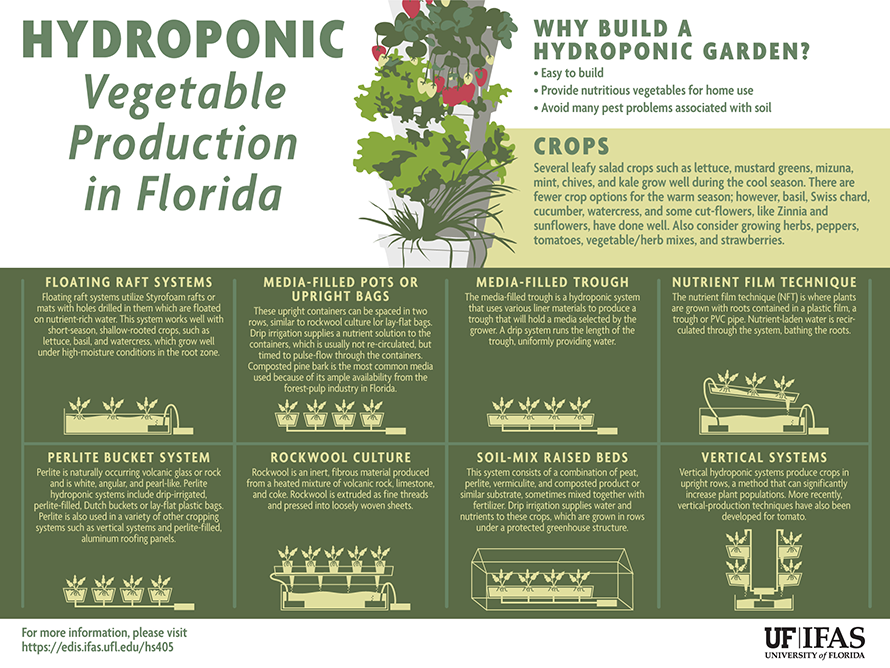When it concerns seasonal tree treatment, making sure correct management before and after removal can significantly affect the health and aesthetic appeals of your landscape. By understanding the needed actions associated with evaluating tree health and wellness and planning for removal, you can proactively secure your residential or commercial property. But what about the critical methods to comply with as soon as the tree is gone? Keep tuned to find the important post-removal care procedures that will help you grow a flourishing and lasting environment for your trees.
Pre-Removal Tree Care
Prior to dealing with the removal of a tree, it's crucial to focus on pre-removal tree care. Start by evaluating auckland landscape and architectural honesty. Look for indications of disease, bug invasions, or any structural problems that may position a safety and security threat during elimination. landscape management to speak with a licensed arborist to determine the most effective course of action.
Trimming dead or diseased branches can stop more damages to the tree and guarantee a smoother elimination process.
Additionally, consider the ecological influence of removing the tree. Trees play an important duty in our environment, so growing a new tree in a suitable place can help offset any loss. Make sure that you have the necessary licenses and authorizations for tree removal, particularly if the tree is shielded by neighborhood guidelines.
Seasonal Maintenance Tips
Examining your tree's needs throughout the year is important for its health and longevity. To maintain your trees in leading condition, follow these seasonal upkeep tips.
In spring, concentrate on pruning to get rid of dead or broken branches and motivate new development.
Summer asks for normal watering, especially throughout dry spells, to ensure your tree remains hydrated.
As just click the next article , keep an eye out for early indications of disease or anxiety, and think about applying mulch to shield the roots during wintertime.
In winter months, beware when removing snow from branches to prevent breakage, and continue to check your tree's overall wellness.
Remember to readjust your treatment routine based on the specific requirements of your tree varieties and local climate. By staying mindful and positive throughout the seasons, you can help your trees flourish and grow for several years to come.
Post-Removal Tree Care
To guarantee the health and wellness of your landscape also after tree removal, appropriate post-removal care is essential. After a tree is gotten rid of, it's crucial to fill the staying hole with topsoil and compact it to avoid settling. This will assist keep the honesty of the ground and prevent potential dangers in the future.
Consider growing new plants in place of the eliminated tree to restore the equilibrium and aesthetic appeals of your landscape. On a regular basis water the area to promote the growth of brand-new plants and protect against soil erosion.
Examine the bordering trees for any type of signs of condition or tension that may have been caused by the removed tree. Keep an eye out for pests that may've been drawn in to the previous tree and take preventive measures to secure the continuing to be plants.
If necessary, speak with an expert arborist to analyze the influence of the removal on the bordering trees and determine any added treatment needed. By following these post-removal treatment steps, you can make certain the continued health and wellness and appeal of your landscape.
Verdict
Finally, aggressive seasonal tree treatment is important for preserving the health and balance of your landscape. By examining tree health, trimming, and consulting with an arborist before elimination, you can guarantee a safe process. After removal, filling up the hole, planting new plants, and regular watering will advertise brand-new development and avoid erosion. Remember to examine surrounding trees for illness and look for additional care measures from an arborist to keep your landscape growing.
